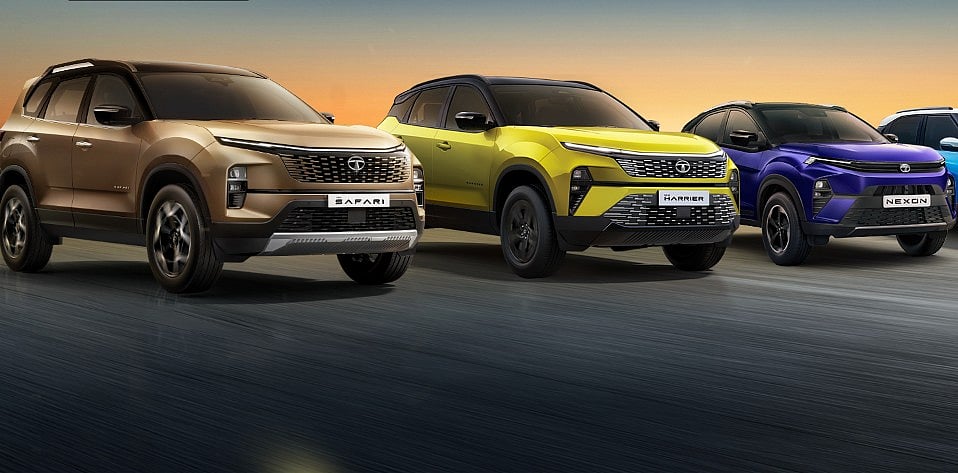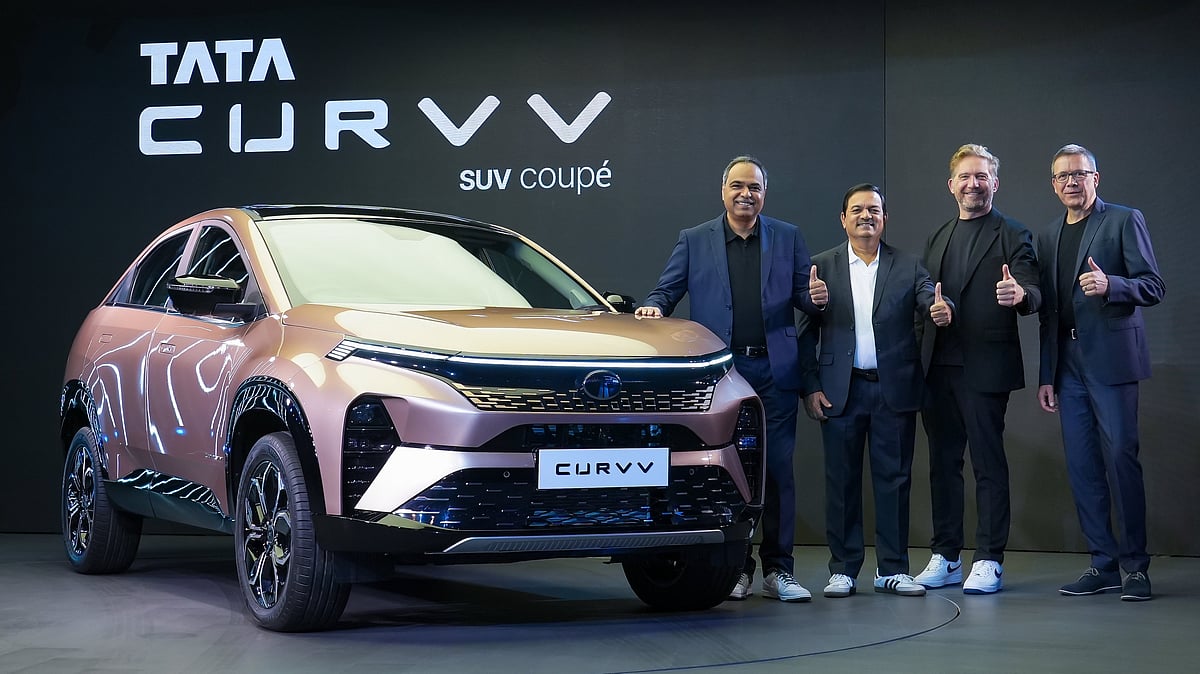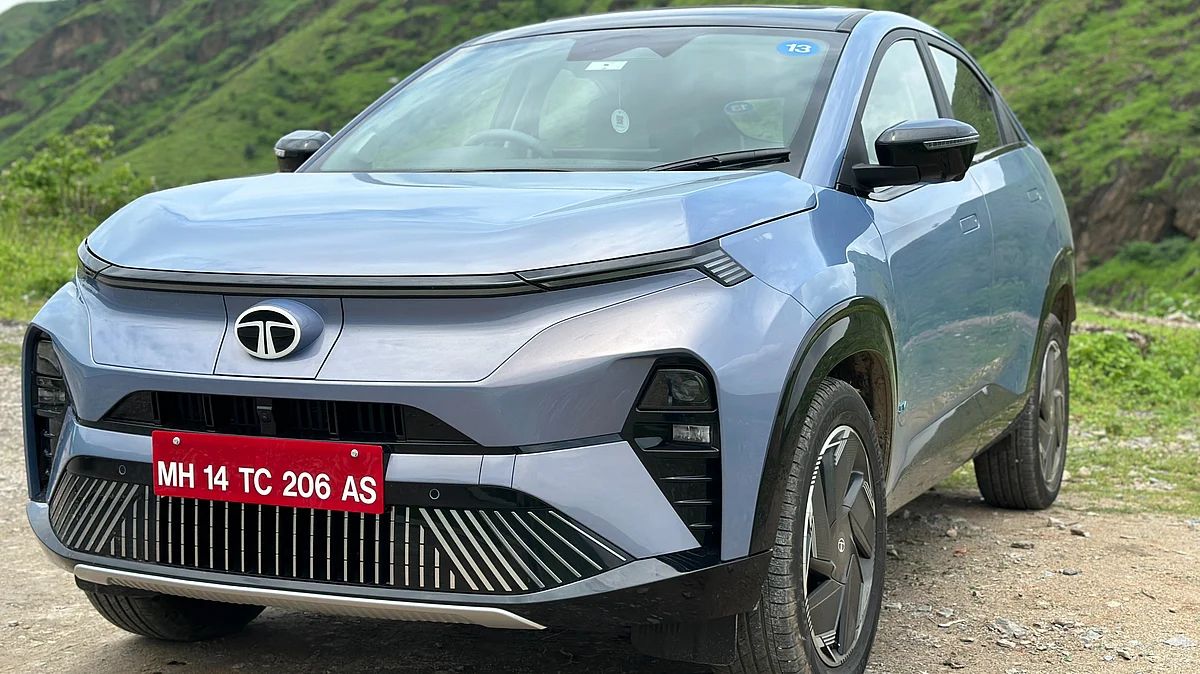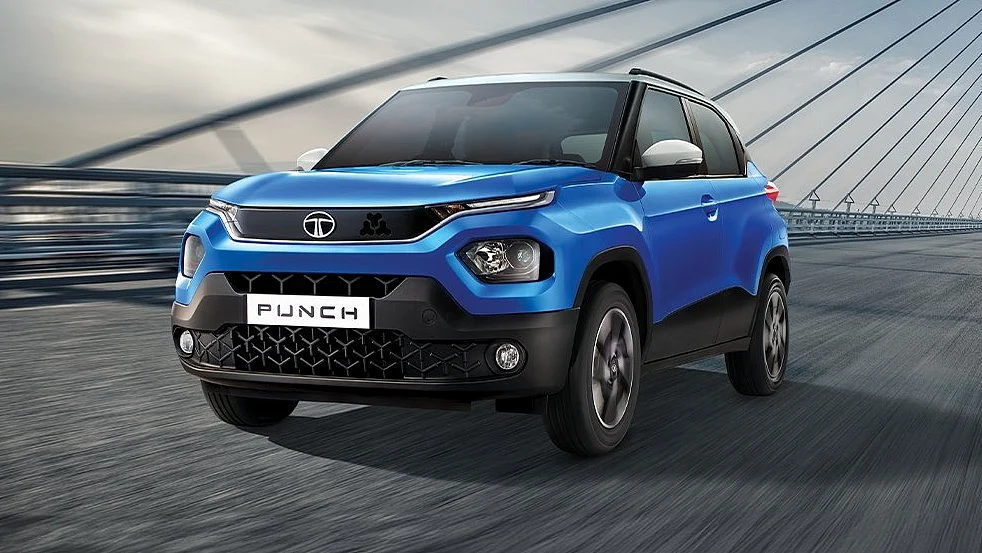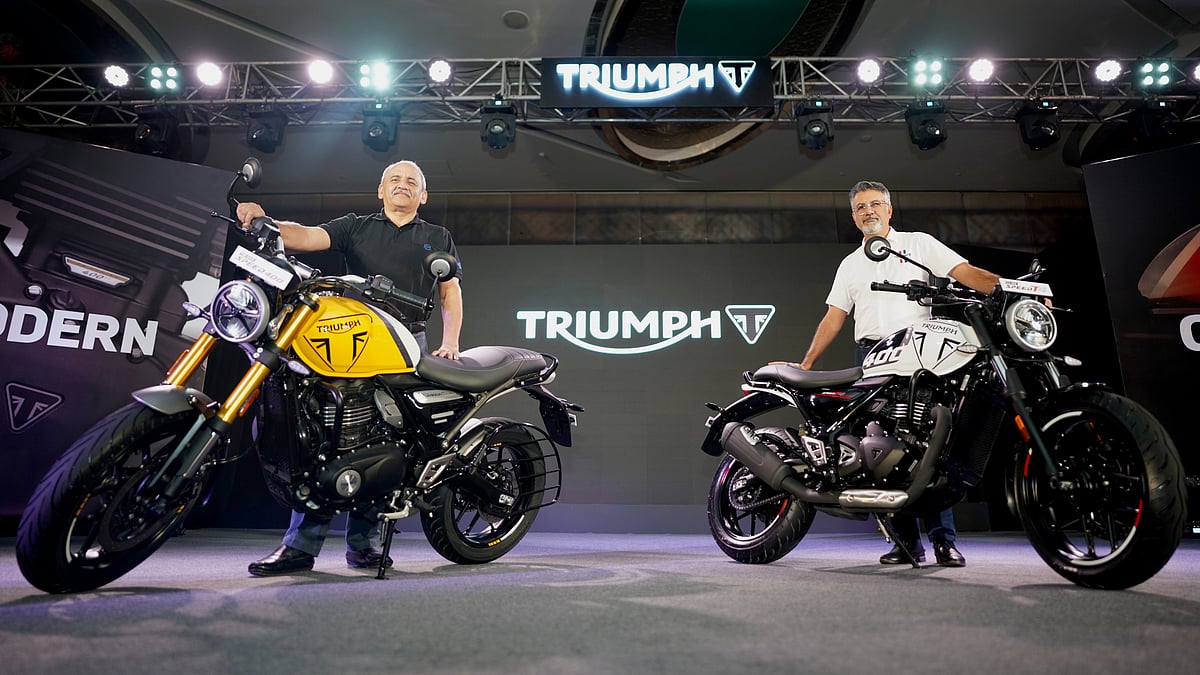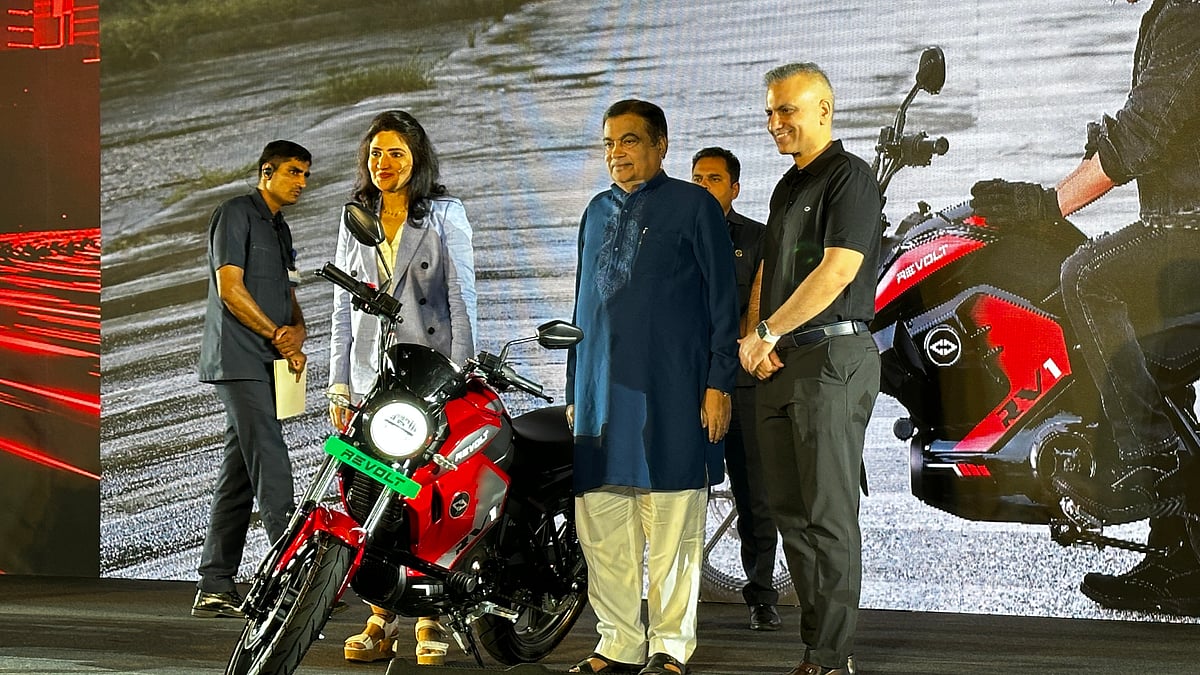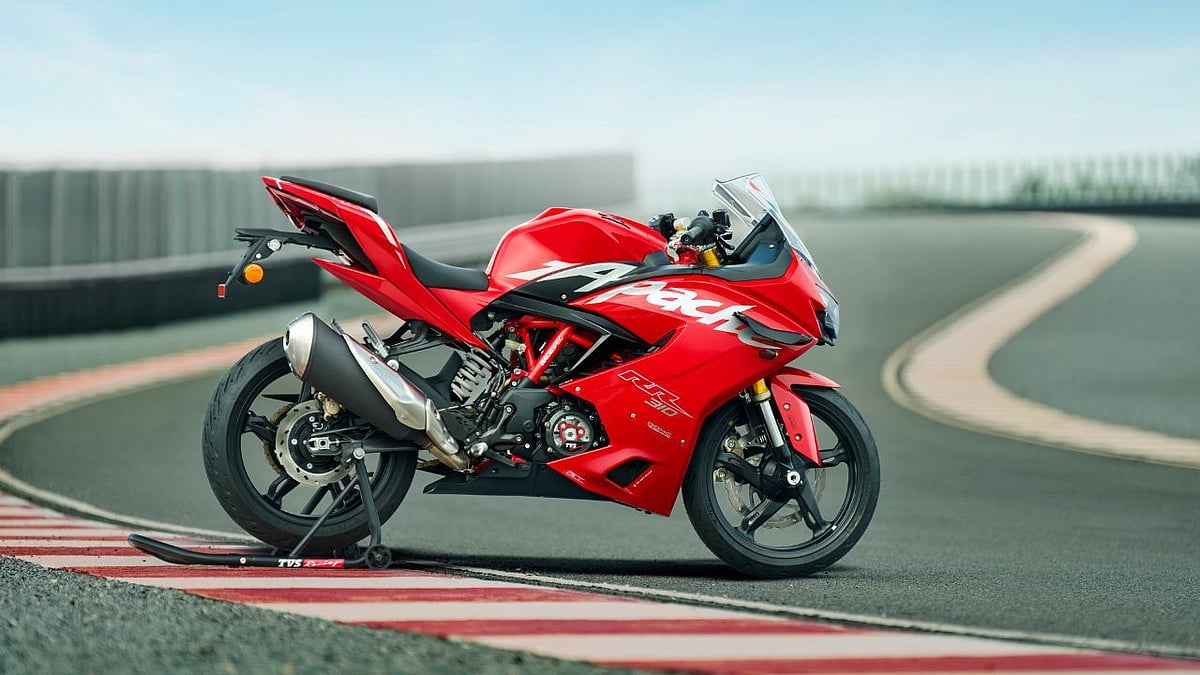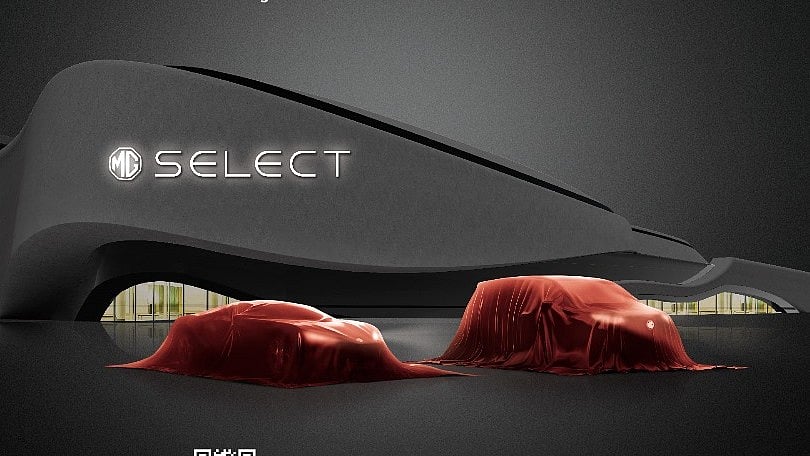Tata Motors has a rich legacy in the automotive industry. Can you highlight some key milestones in the company's journey and how they have shaped Tata's current position in the market?
Tata Motors, while relatively young in the automotive industry, having started in 1998, has made significant strides in its 26-year journey. Despite being younger than many competitors, Tata Motors has experienced an enriching journey, especially notable over the past four years since 2020. The company's progress has been marked by overcoming numerous challenges, with strong leadership of Ratan Tata.
Recently, we have achieved a milestone of selling 5 million cars and are ranked among the top three original equipment manufacturers (OEMs) in India, holding a double-digit market share. We are also a market leader in several segments, including having the highest-selling car in India.
Our journey into the electric vehicle (EV) sector began in 2017, and Tata Motors has played a leadership role in this space. To date, we have sold over 1,30,000 EVs in the country. Tata Motors continues to be a leading force in the automotive sector, with our EVs making a significant impact in India.
Can you elaborate on Tata Motors' recent focus on transitioning its cars and SUVs towards more sustainable technologies?
When it comes to sustainability, Tata Motors approaches it from multiple perspectives. We focus on areas like circularity, net-zero energy and water usage, and achieving net-zero emissions in alignment with the Tata Group’s ambitious goals.
In terms of circularity, we are making sure that the materials used in our cars align with our circularity goals. Currently, 80% of the materials in our cars are recyclable or reusable, and 85% are recoverable.
Furthermore, we have committed to achieving net-zero emissions by 2040 as part of a global initiative. We have adopted science-based targets (SBTi) to provide a structured approach to reaching this goal while contributing to the global effort to limit temperature rise to under 2 degrees Celsius. A major part of this effort is managing and reducing the CO2 emissions from our vehicles. Our ongoing journey in the electric vehicle (EV) sector is helping us accelerate this transition and achieve our targets faster than the industry norm. Our commitment to sustainability is comprehensive, and we are making significant strides in ensuring a greener future.

Tata Motors CNG Line-up |
Could you elaborate on the innovative engineering principles behind Tata Motors' twin-cylinder CNG system? How does this design differentiate itself from traditional CNG storage solutions in terms of efficiency and space utilization?
The idea behind our twin-cylinder CNG system stemmed from recognizing that CNG is great fuel option, but its adoption was largely limited to taxis or lower-end trim levels, primarily to reduce running costs. We conducted thorough research to understand the pain points of consumers and found that CNG technology wasn’t attractive to customers buying higher-end cars. A major reason for this was large, visible cylinder in the boot, which detracted from the overall aesthetic and practicality, especially when travelling with family or friends.
Our goal was to design a system that maintained the practicality of CNG without compromising the vehicle’s appeal or boot space. Instead of using a single large cylinder, we developed two smaller-diameter cylinders that could be accommodated beneath the car’s floor. This is not only preserved the full utility of the boot but also ensured that the system was discreet.
Another challenge was to maintain the convenience of a spare wheel in the car, which we managed to achieve along with the twin-cylinder setup. This approach resulted in what is now known as our twin-cylinder technology. We first introduced it in the Tiago and Tigor in 2022, and due to its success, we have extended it to the Altroz and Punch models as well. The response has been overwhelmingly positive, and we see this technology becoming a key pillar for our future growth.
Can you provide specific comparisons with other CNG systems or conventional fuels?
When comparing our CNG system to others or even to conventional fuels, our aim was to ensure that the car’s performance remains the same, or even better, for drivers accustomed to higher-end models like the Altroz and other premium trims. One of the major concerns with CNG cars is that they typically produce less power compared to the same engine running on gasoline. We focused on this and ensured that both the power and torque are identical, whether the car is running on CNG or gasoline.
Additionally, we worked in making the transition between CNG and gasoline seamless, so drivers don’t feel any difference in drivability when switching between the two modes. Moreover, we ensured that our cars can start directly in CNG mode, unlike many competitors, where the vehicle must first start in gasoline mode before switching to CNG.
What safety features have been integrated into Tata Motors' twin-cylinder CNG technology to prevent leaks and ensure safe operation, especially in the event of a collision or high temperatures?
Safety was another area we prioritized. For instance, in our system, the fuel valve won’t open while the engine is running, preventing the filling of CNG when the car is in operation. One key safety feature is the rear crash member, positioned behind the cylinders, which protects the CNG tanks in case of rear collision. Additionally, the CNG pipes that run from the filling point to the tank and from the tank to the engine compartment are reinforced to prevent any contact or damage in the event of an impact.
Another safety measure is that the car cannot be filled with CNG while the engine is running, which helps prevent fire hazards at refueling stations. These safety features collectively ensure that the car remains completely safe, even under challenging conditions. In fact, this makes it arguably safer than a regular vehicle in many aspects.
As we wrap up, I'd like to shift focus to the recently launched Tata Curvv. Curvv is entering the relatively new and less explored SUV-coupe segment, how do you view the prospects for this segment among Indian buyers?
We believe we’re introducing something to India that has been available globally in high-end SUVs. Typically, these coupe versions are positioned at a higher price point than their standard SUV counterparts. Until now, this body style hasn’t been available to Indian buyers, but with the launch of the Tata Curvv, Indians will get to experience this exciting design for the first time.
Interestingly, we’re also noticing that several luxury brands in India are starting to announce their SUV-coupe versions, which further validates our decision. It shows that we’ve made the right move, and we’re excited to see how this segment grows in the Indian market. It’s going to be an exciting journey ahead!





